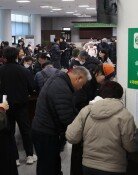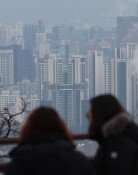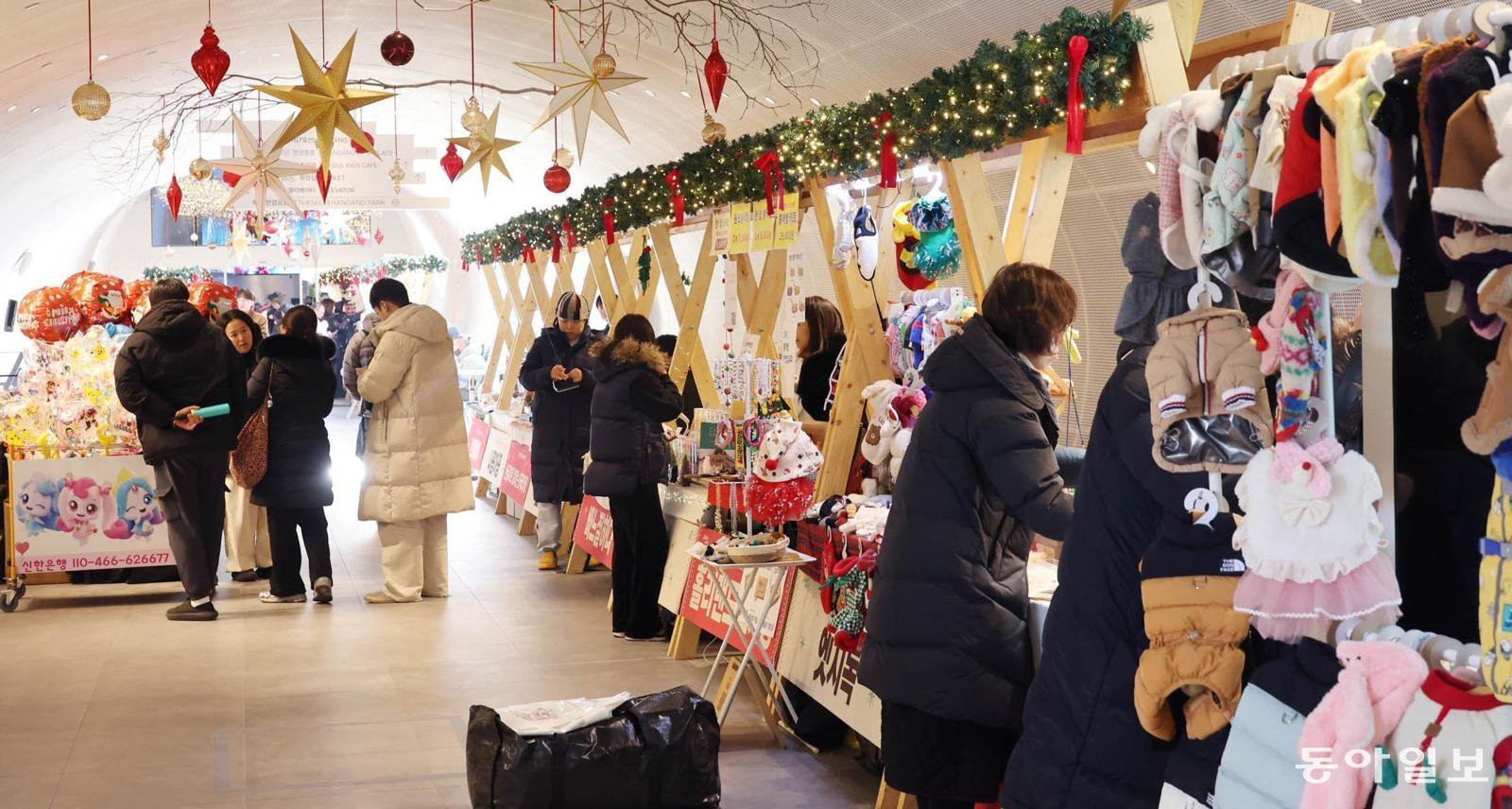After-school Programs Become Popular in Gangnam
After-school Programs Become Popular in Gangnam
Posted May. 30, 2008 03:01,
After-school classes at two middle schools in southern Seoul are enjoying huge popularity among students, overtaking regular classes in terms of the number of students.
The Gangnam Ward Office of Education, which surveyed 10 middle schools in Gangnam-gu and Seocho-gu designated as base schools, said Thursday, The numbers of students participating in after-school classes at Yeongdong Middle School and Eonbuk Middle School exceeded those in regular classes this month.
At Yeongdong Middle School, while regular classes had 928 students, after-school classes had 1,126, outnumbering their regular counterparts by 198. The same goes for Eonbuk Middle School with 852 students having joined after-school programs. That is 178 more than those in regular programs.
The remaining eight base schools also saw the number of after-school students rise 10-15 percent.
The Gangnam education office made a change in after-school programs last year, by grouping two to five neighboring schools and appointing one of the schools as a base school to operate the program.
In 2007, the number of students in after-school classes at five base schools totaled 2,856. This year, with five more schools added as base schools, the number reached 8,508 as of May 15.
An increasing number of students at non-base schools are also taking after-school classes. Students from non-base schools occupy 25 percent of the after-school seats at Yeongdong Middle School, while 27 percent of the students at Eonbuk Middle School are coming from neighboring schools.
The growing popularity of after-school classes is attributed to their effectiveness coming from various programs and their focus on individual student`s academic levels rather than grades.
Eonbuk and Yeongdong schools, which respectively operate 33 and 45 programs, invite teachers from other middle or even high schools, who are known to be good at teaching, as after-school lecturers.
Each regular class consists of about 35 students with different academic abilities. On the contrary, after-school classes accommodate only 15 students with a similar level of scholastic capabilities, which greatly raise their overall academic performances, said Eonbuk Middle Schools vice principal, Jang Oh-soon.
According to Lee Won-jae, vice principal at Yeongdong Middle School, the school runs achievement tests every month and gives advice to each parent to ensure that no student is left behind.
Its fun because I take classes with students from different schools. Its like I am at a private institute, said Eonbuk student Kim Min-gyeong, 14. Since students levels are similar, we can have a better understanding of what teachers say, added Kim.
Open approaches that better match the purpose of the program rather than sticking to the existing curriculum, also contributed to the successful running.
In particular, an essay lecture at Yeongdong by Seoun Middle School teacher Heo Mi-seon stands out, attracting over 100 students from adjacent schools.
I use my own textbook that I made drawing on my teaching experience, and extended the class hour to 90 minutes, which is not allowed in regular classes, Heo said.
We are considering giving incentives to teachers who participate in extra classes to further promote the after-school program, said an official at the Seoul Metropolitan Office of Education.
kky@donga.com





![[단독]“文정부 국정상황실장과 진지한 미팅”… 윤영호, 2019년 1월 한학자에 보고](https://dimg.donga.com/c/138/175/90/1/wps/NEWS/IMAGE/2025/12/11/132947918.1.jpg)

